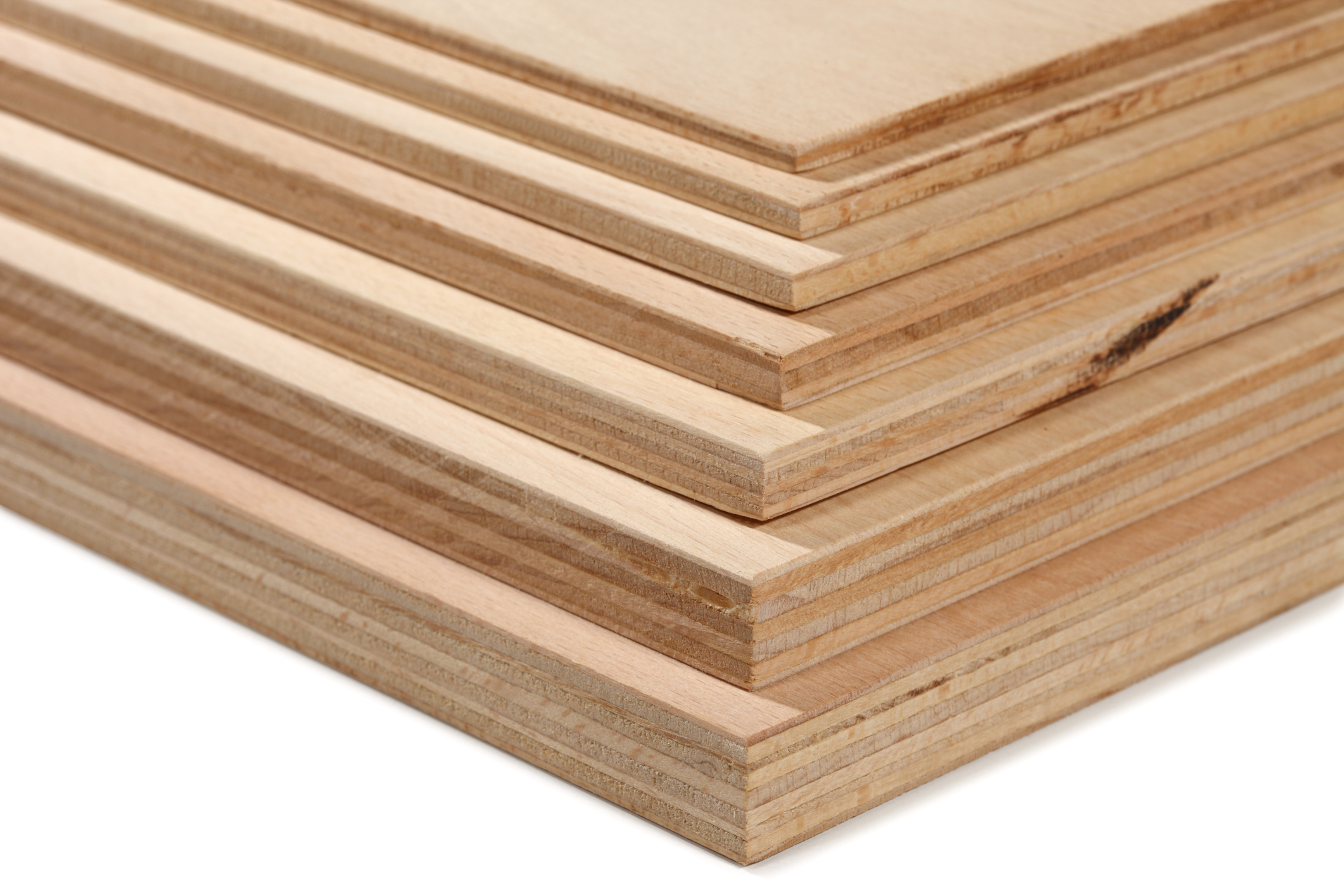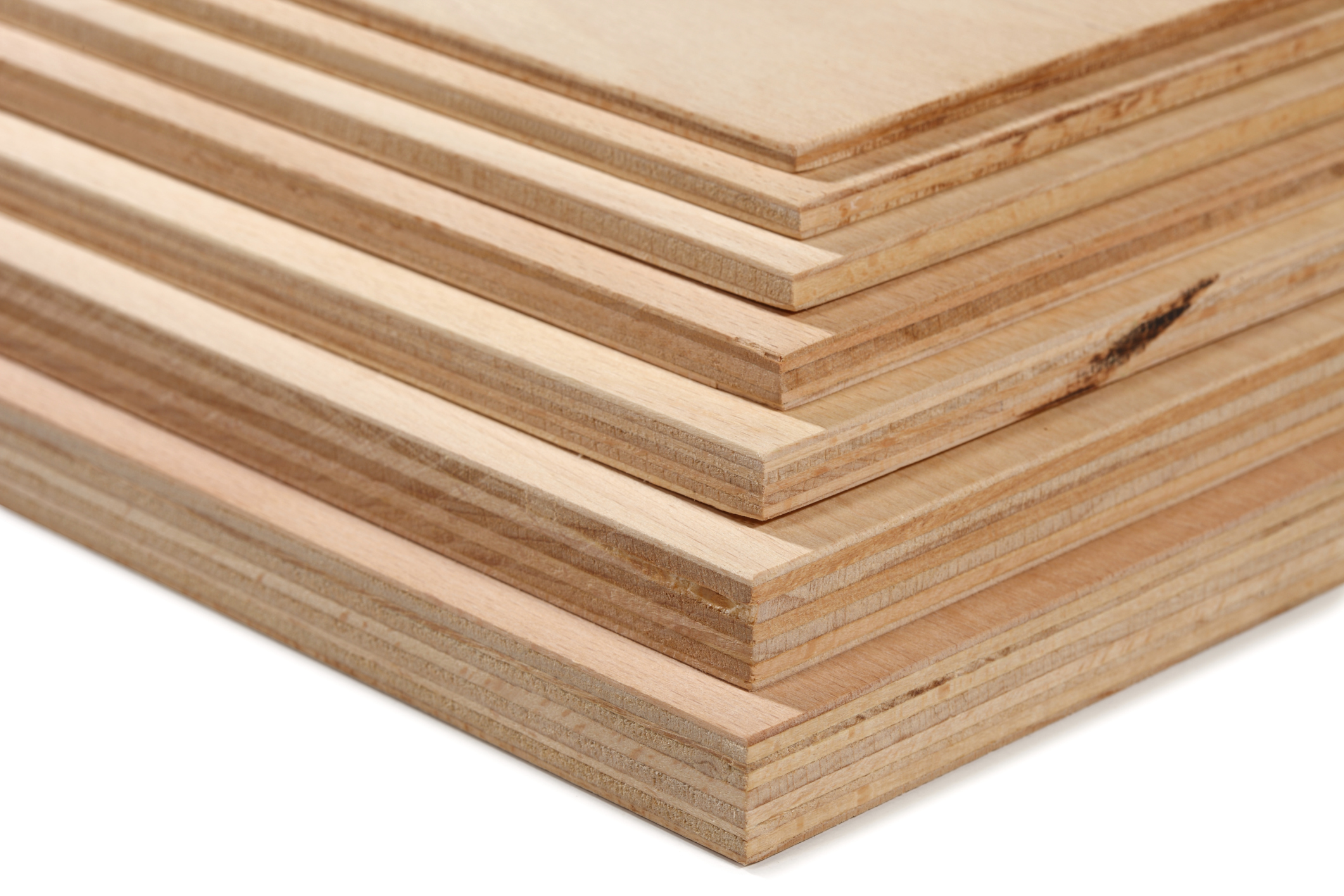If you’ve ever wondered, “Does plywood keep heat in?” then you’re in the right place! Plywood is a versatile material that you can use for various projects, but its insulation properties may surprise you. In this article, we’ll explore whether plywood can effectively retain heat and help keep your space cozy and warm.
When it comes to insulation, many people automatically think of fiberglass or foam. But did you know that plywood can also play a role in keeping heat inside your home? Whether you’re building furniture or constructing walls, plywood has unique qualities that can provide an additional layer of insulation, helping to trap heat and keep it from escaping.
So, if you’re eager to learn more about how plywood can help with heat retention and improve the energy efficiency of your living space, keep reading! We’ll dive deeper into the science behind plywood’s insulation properties and explore how you can effectively use it to keep the heat in, saving both energy and money in the process.
Let’s get started on this fascinating journey into the world of plywood as an insulating material! So, grab a cup of hot cocoa and get ready to uncover the secrets of plywood and its impact on heat retention. It’s going to be an informative and exciting exploration!

Does Plywood Keep Heat In? Exploring the Thermal Properties of Plywood
Plywood is a widely used material in construction, furniture making, and various other applications. One question that often arises is whether plywood has the ability to retain heat. In this article, we will delve into the thermal properties of plywood and explore whether it has the capacity to keep heat in. We will examine the composition of plywood, its insulation properties, and its effectiveness in retaining heat. So let’s dive in and uncover the truth about plywood and its thermal capabilities.
Understanding the Composition of Plywood
To comprehend whether plywood can keep heat in, it is crucial to familiarize ourselves with its composition. Plywood is made by gluing together multiple layers of thin wood veneers, with each layer arranged perpendicular to the adjacent ones. This cross-laminated structure gives plywood its strength and durability. However, when it comes to the retention of heat, plywood’s composition alone is not sufficient for insulation.
The thermal conductivity of a material determines its capacity to conduct and transfer heat. In the case of plywood, its thermal conductivity is influenced by the properties of the wood used, such as the density and moisture content. Generally, plywood has moderate thermal conductivity, which means it can transfer heat but not as efficiently as highly conductive materials like metal. So while it may not retain heat as effectively as insulating materials, it still has some capacity to restrict heat transfer.
Plywood as Insulation: Understanding its Thermal Resistance
When considering the ability of plywood to keep heat in, it is important to understand the concept of thermal resistance. Thermal resistance measures a material’s opposition to heat flow. Insulating materials, such as foam or fiberglass, have higher thermal resistance, which means they are more effective at retaining heat. Plywood, on the other hand, has lower thermal resistance due to its moderate thermal conductivity.
While plywood may not excel as an insulating material, it can still provide some level of thermal resistance. This means that plywood can slow down the transfer of heat from one side to the other, acting as a barrier against heat loss or gain. It can be particularly useful in applications where heat retention is not the primary concern but some level of insulation is still desired.
The Influence of Plywood Thickness and Application
The thickness of plywood can also impact its ability to retain heat. Thicker plywood generally offers better thermal resistance compared to thinner sheets. This is because the additional layers in thicker plywood provide more barriers for heat transfer. However, it’s important to note that plywood alone may not be sufficient for highly demanding insulation requirements.
The application of plywood also plays a crucial role in determining its effectiveness in heat retention. For instance, using plywood as a wall or roof sheathing in a building can contribute to the overall insulation of the structure. Plywood can act as an additional layer of thermal resistance, working in conjunction with other insulation materials to reduce heat loss or gain. However, in applications that require high-level insulation, it is advisable to consider specialized insulation materials rather than relying solely on plywood.
Benefits of Using Plywood for Heat Retention
While plywood may not be the most efficient material for heat retention, it does have certain benefits that make it a viable option in certain scenarios. Firstly, plywood is readily available and cost-effective compared to specialized insulation materials. It is easy to work with, making it a popular choice in construction and DIY projects. Plywood also offers structural support, which can be advantageous when combining heat retention with other functional requirements.
Additionally, plywood has good moisture resistance properties, which can prevent the buildup of condensation and mold growth. This can contribute to a healthier indoor environment and long-term durability. Overall, while plywood may not be the most ideal material for heat retention, its versatility, availability, and other beneficial properties make it a worthwhile consideration depending on the specific application.
Plywood vs. Specialized Insulation Materials
When it comes to heat retention, plywood cannot match the performance of specialized insulation materials. Materials like foam boards, mineral wool, or cellulose insulation are designed specifically for providing optimal thermal resistance and reducing heat transfer. These materials often have higher insulation ratings, making them more effective in preventing heat loss or gain.
However, it’s important to consider the specific requirements of your project. If you require high-level insulation, especially in extreme climate conditions, it’s recommended to opt for specialized insulation materials rather than relying solely on plywood. A combination of both materials may be the most effective approach, with plywood providing structural support and insulation materials offering superior thermal resistance.
Tips for Enhancing Plywood’s Thermal Performance
If you do choose to use plywood for its thermal properties, there are a few tips to maximize its effectiveness in heat retention. Firstly, ensuring proper installation is essential. Plywood sheets should be tightly fitted without gaps to minimize heat transfer. Adding an additional layer of insulation behind the plywood can also enhance its thermal performance.
Another tip is to choose plywood with a higher density and lower moisture content. Plywood made from dense hardwoods like birch or oak tends to have better thermal resistance compared to softwoods. Reducing the moisture content of plywood can also improve its insulation capabilities.
In conclusion, while plywood does have some thermal resistance and can slow down heat transfer, it is not the most efficient material for heat retention. Specialized insulation materials are better suited for high-level insulation requirements. However, plywood is still a viable option in certain applications where a combination of structural support and moderate insulation is desired. Understanding the composition and thermal properties of plywood can help in making an informed decision when considering heat retention in various construction and design projects.
Key Takeaways: Does Plywood Keep Heat In?
- Plywood does provide some insulation and can help keep heat in.
- The thickness of the plywood affects its insulation properties.
- Plywood acts as a barrier to heat transfer, reducing heat loss.
- Using plywood in walls or flooring can improve insulation in a space.
- However, the insulation provided by plywood may not be as efficient as other insulation materials.
Frequently Asked Questions
Are you wondering if plywood can keep heat in? Look no further, as we answer your burning questions about plywood and its insulation properties.
1. How does plywood affect heat retention?
Plywood can act as an insulator, helping to keep heat in when properly used. It has low thermal conductivity, meaning it does not easily transfer heat. This property makes it useful in construction applications where heat retention is desired.
When plywood is used as sheathing or underlayment, it forms a barrier, minimizing the transfer of heat. By sandwiching insulation materials between layers of plywood, you can create a more effective insulation system, keeping the warmth inside your home.
2. Can plywood be used for insulation purposes?
While plywood alone is not the most efficient insulation material, it can be used as part of an insulation system. By combining plywood with other insulation materials like foam or fiberglass, you can enhance its heat retention capabilities.
Plywood can be used to create an air and vapor barrier, reducing heat loss or gain in a building. When installed correctly, it can help prevent thermal bridging and provide additional insulation in areas such as walls, roofs, and floors.
3. Does plywood act as a thermal barrier?
Yes, plywood can act as a thermal barrier. Its ability to resist heat transfer means it can help in preventing the escape or ingress of heat. By installing plywood in areas that experience temperature variations, you can create a barrier that helps stabilize indoor temperatures.
However, it’s important to note that the effectiveness of plywood as a thermal barrier depends on factors such as the thickness of the plywood, the presence of proper insulation materials, and the overall quality of the installation.
4. Can plywood help keep a room warm during winter?
Plywood can contribute to keeping a room warm during winter when used appropriately. By insulating walls, floors, or ceilings with plywood and other insulation materials, you can minimize heat loss through these surfaces. Additionally, using plywood as a radiant barrier can reflect heat back into the room.
It’s worth mentioning that the overall insulation of a room doesn’t solely depend on plywood. Properly insulating windows, doors, and other openings, as well as ensuring the overall integrity of the building envelope, play a significant role in maintaining a warm and cozy living space during winter.
5. Are there any drawbacks to using plywood for heat retention?
While plywood can contribute to heat retention, it’s important to consider certain drawbacks. If plywood is not properly installed or sealed, it may allow air leakage, reducing its effectiveness as an insulator. Additionally, plywood alone may not provide the highest level of insulation compared to specialized insulation materials.
Furthermore, the choice of plywood thickness and the quality of insulation materials used in conjunction with plywood can impact its overall efficiency. To achieve optimal heat retention, it’s recommended to consult professionals who can guide you in selecting the right materials and ensuring proper installation techniques.

The Truth about insulation in a hot climate
Summary
Plywood can help keep heat in because it acts as an insulator, preventing heat loss. When used as wall or roof sheathing, it traps air and slows down the transfer of heat. However, to maximize its effectiveness, plywood should be properly installed and combined with other insulation materials.
By blocking drafts and reducing heat transfer, plywood can help to create a more comfortable living space. It is important to note that plywood alone may not be sufficient to insulate a building completely, but it can be a valuable component along with other insulation methods. So, next time you’re considering ways to keep your home warm, plywood can be a helpful solution!
